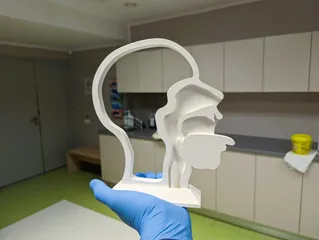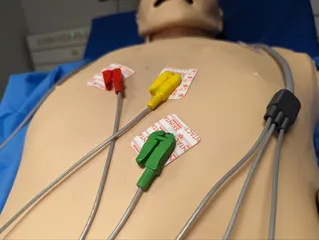Inhaler prop for healthcare simulation
Description
PDFIf you appreciate my work, consider supporting me by buying me a cup of hot chocolate! :)
https://buymeacoffee.com/aleksandrs
No one doubts the effectiveness of clinical simulation as a method for teaching both future and existing medical professionals. However, sourcing the right equipment for these simulations can sometimes be a challenge—especially when it comes to simulated drugs.
Simulated medications can be expensive and not always readily available, while real drugs may pose risks or even be illegal to use in a simulation setting. Additionally, used empty medicine packaging can still present safety concerns. When working with students, ensuring the safety of your equipment is paramount. There’s always the risk that items provided during a simulation could be accidentally or intentionally taken out of the simulation room and used in a real clinical environment.
For more insights on safety during clinical simulations, check out this resource: Healthcare Simulation Safety. You can also read a clinical report about a case where a simulated drug was mistakenly administered to real patients, resulting in sepsis, here.
With considerations for safety, finance, availability, and replaceability in mind, I began creating 3D models of medications and medical equipment that can be printed and used as props during simulations.
I’m excited to present the Inhaler Prop for Clinical Simulations! This is a cost-effective and quick way to simulate inhaled medications for educational purposes.
Please note that while this model is a great tool for simulations, it is not suitable for high-quality training in the actual use of inhalation medications, as it does not have any moving parts. However, it has proven to be fantastic for InSitu simulations (clinical simulations in real clinical environments), where the focus isn’t on teaching how to use an inhaler, but rather on the presence of the inhaler in the medical bag.
Perfect for advanced training courses for emergency teams and scenarios involving asthma and other respiratory cases!
This model has been printed and tested in various scenarios at the Medical Education Technology Centre of Riga Stradiņš University in Latvia. I would love to see this model in action, so if you use it, please share photos and comments!
Model origin
The author marked this model as their own original creation.




